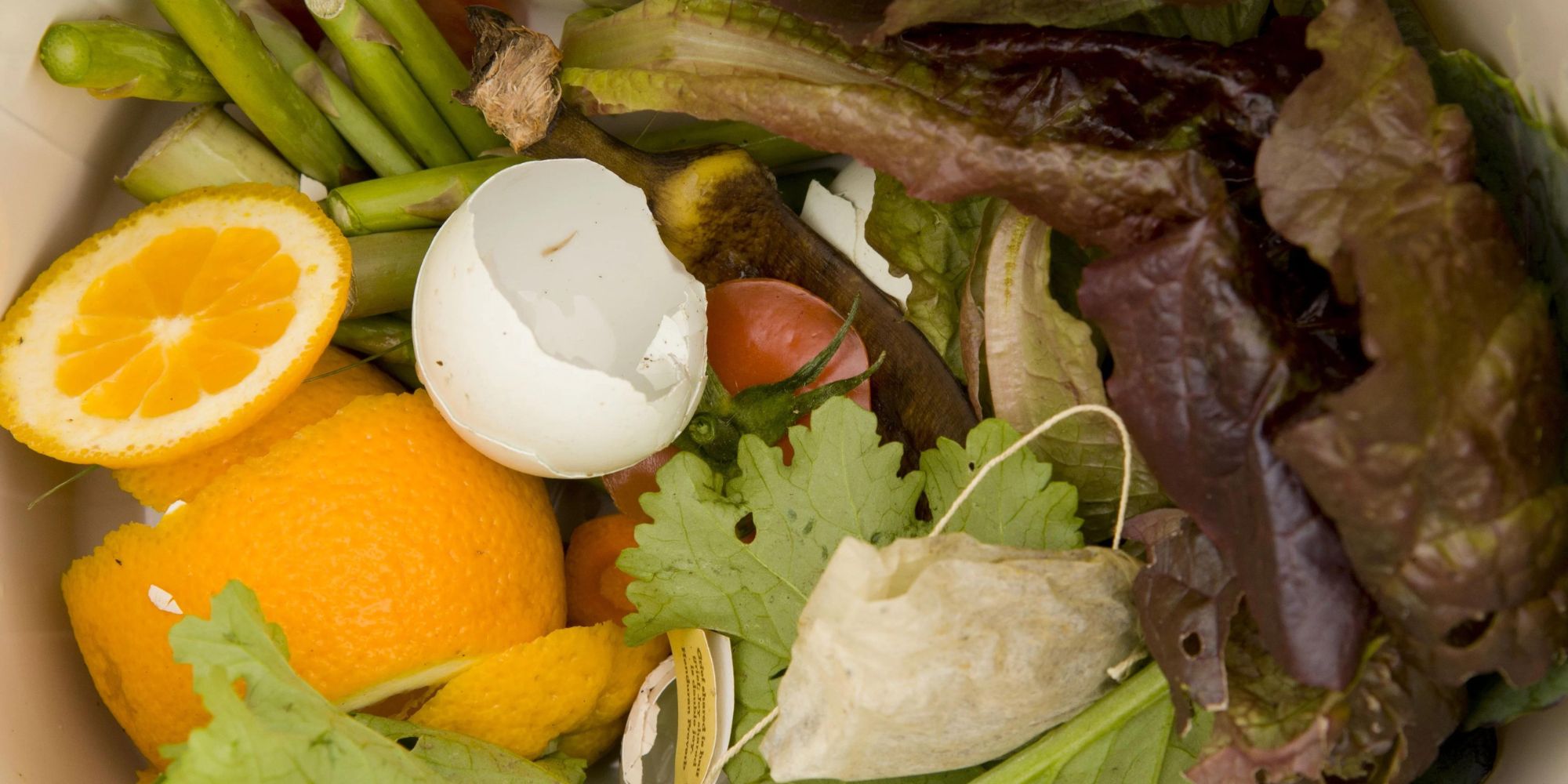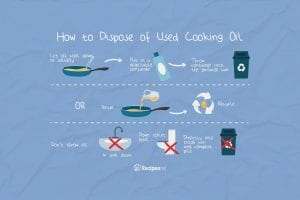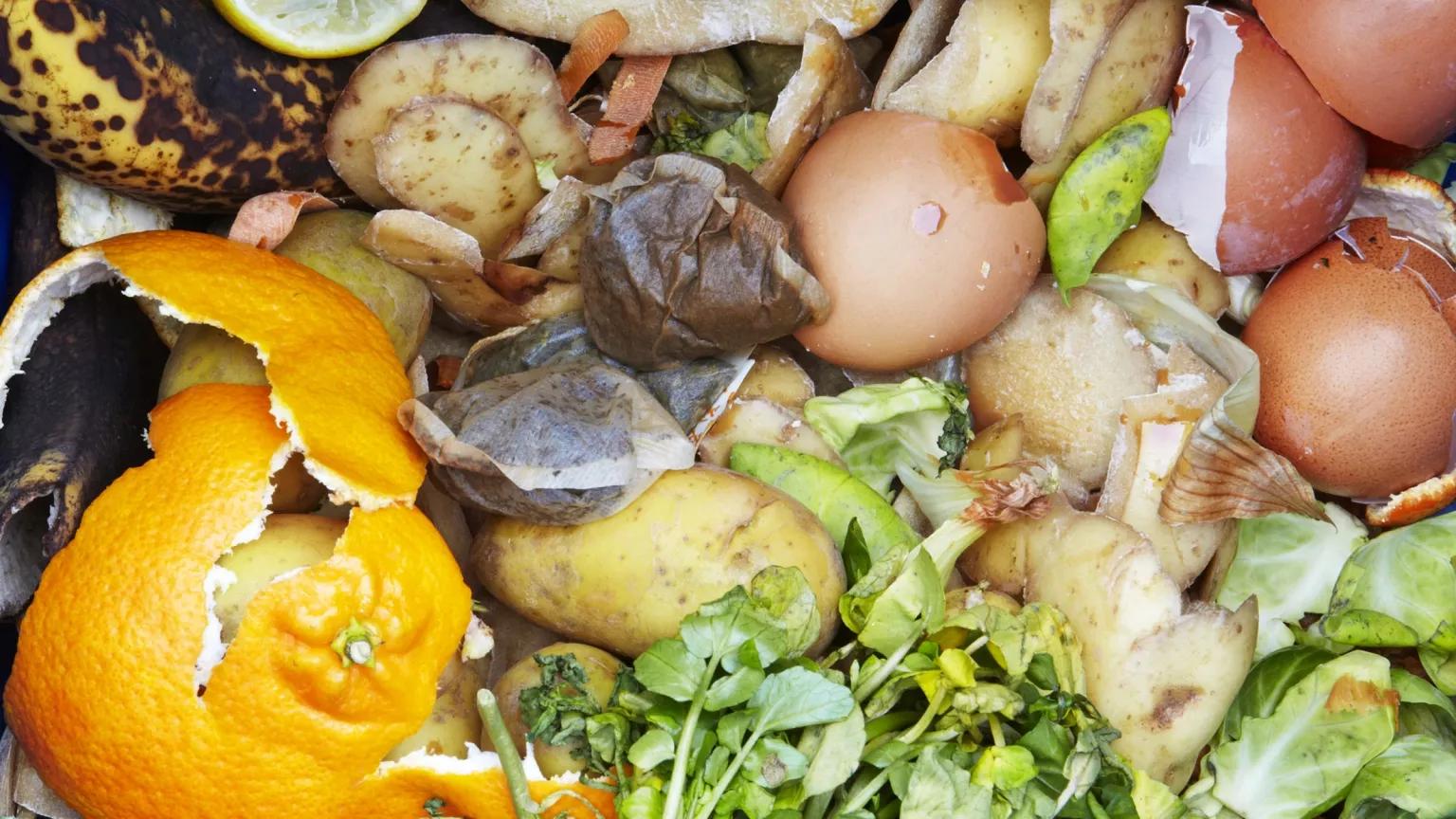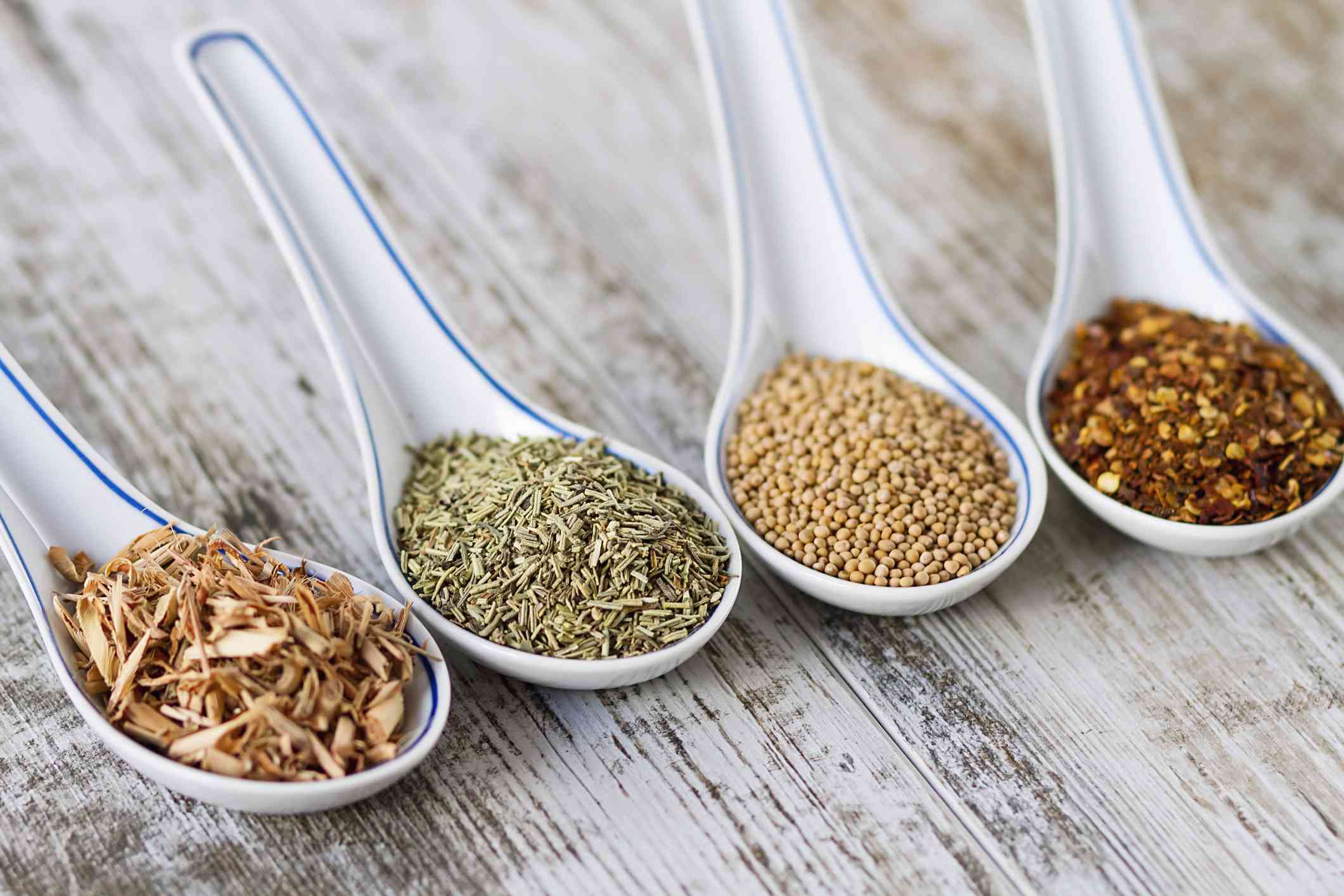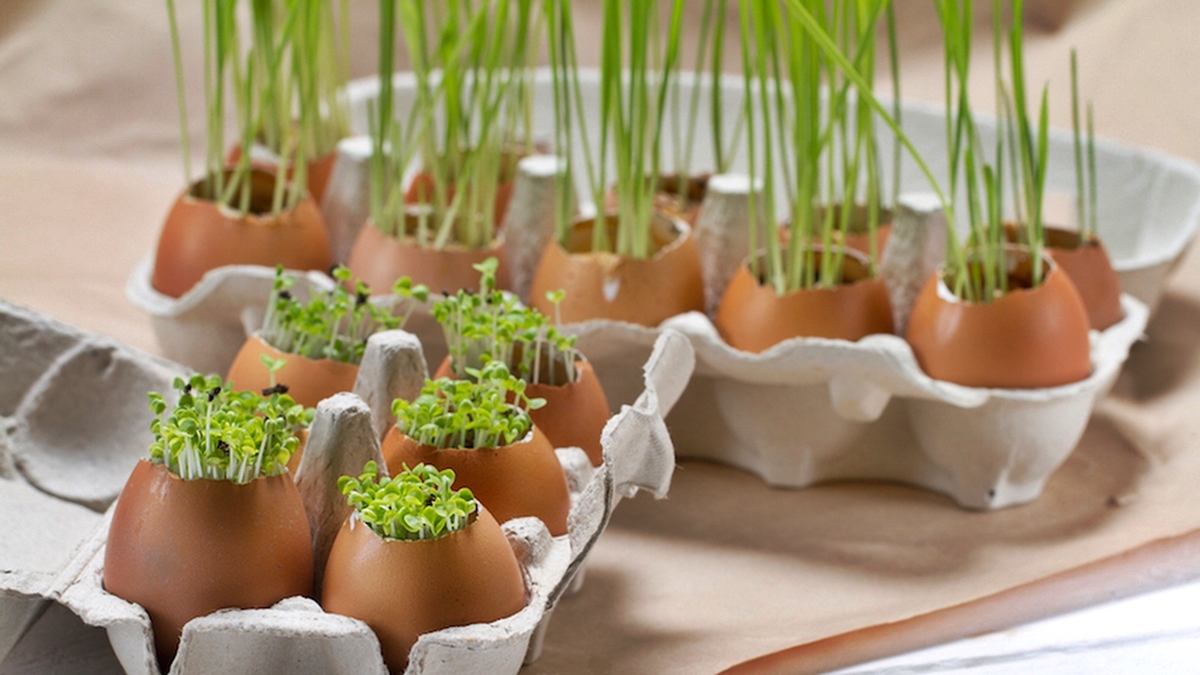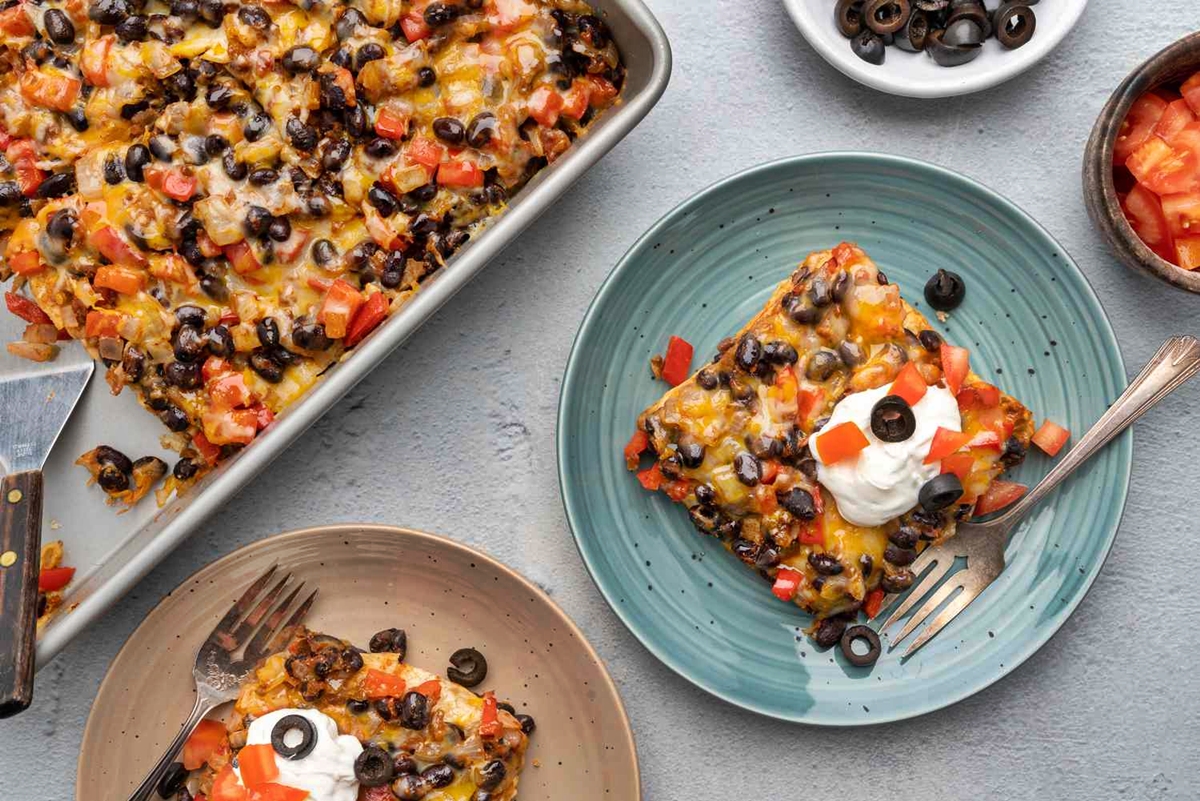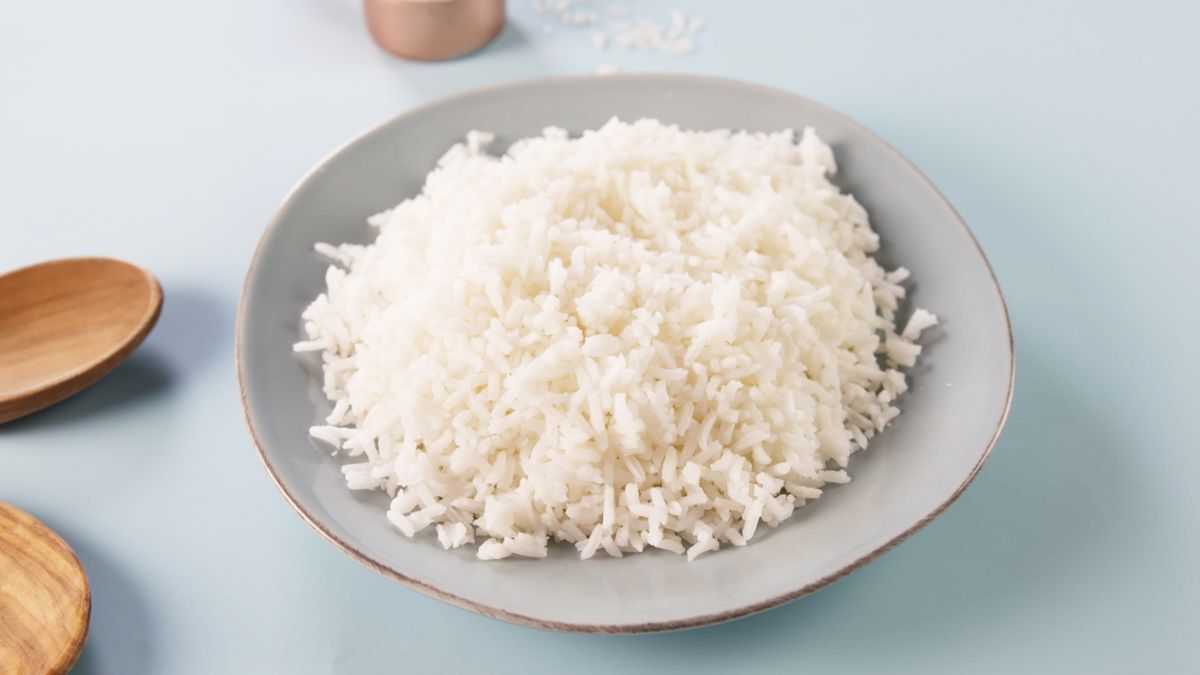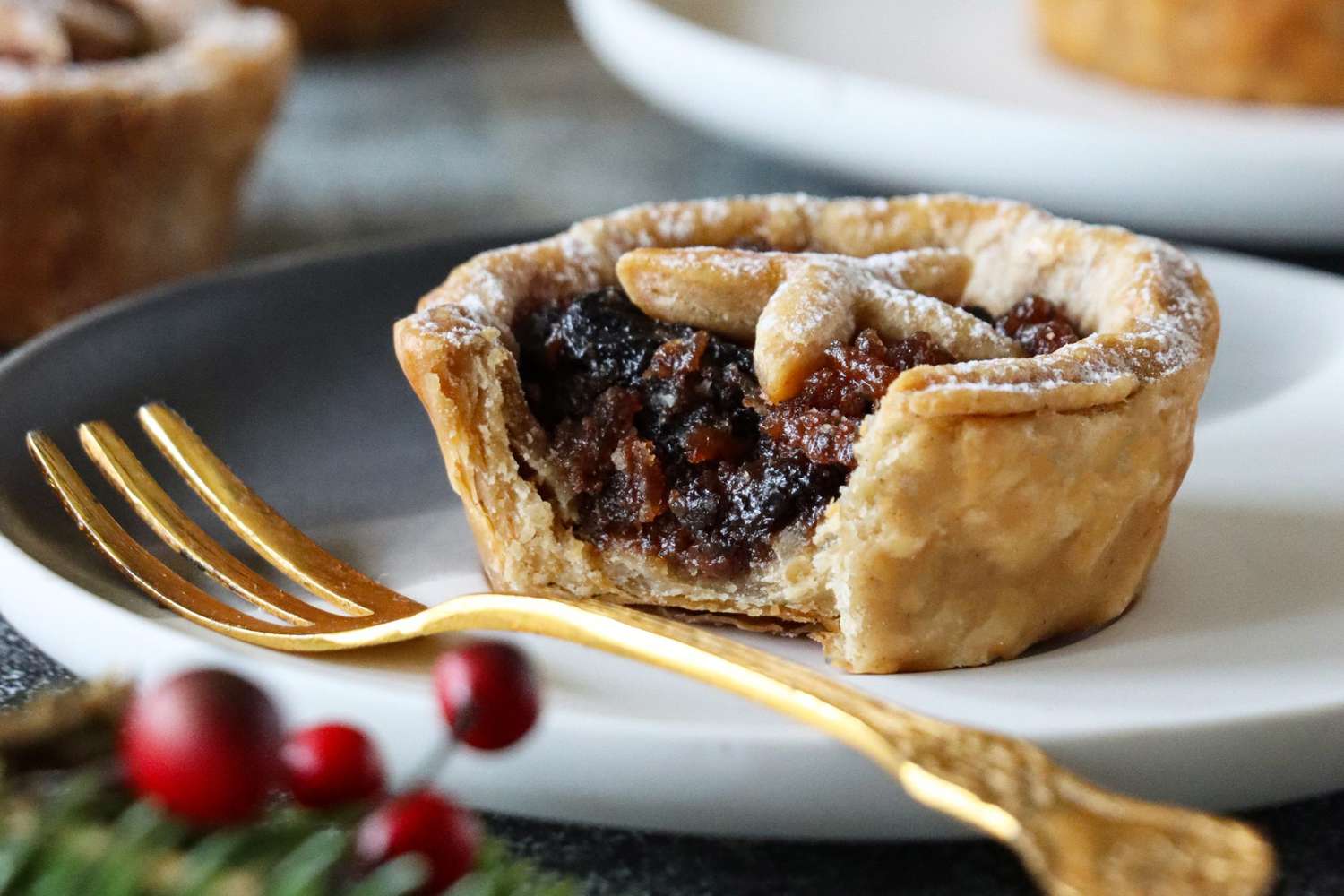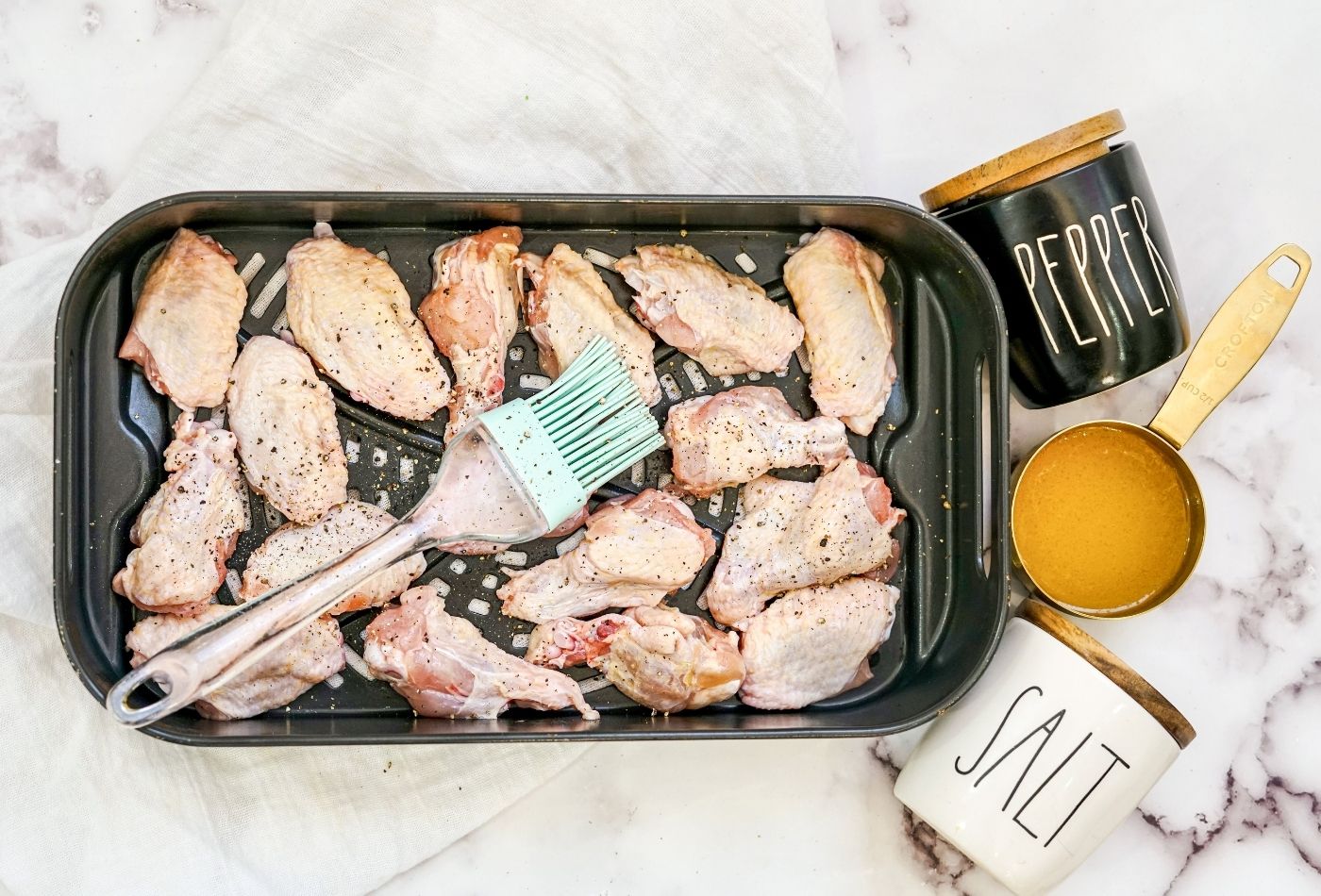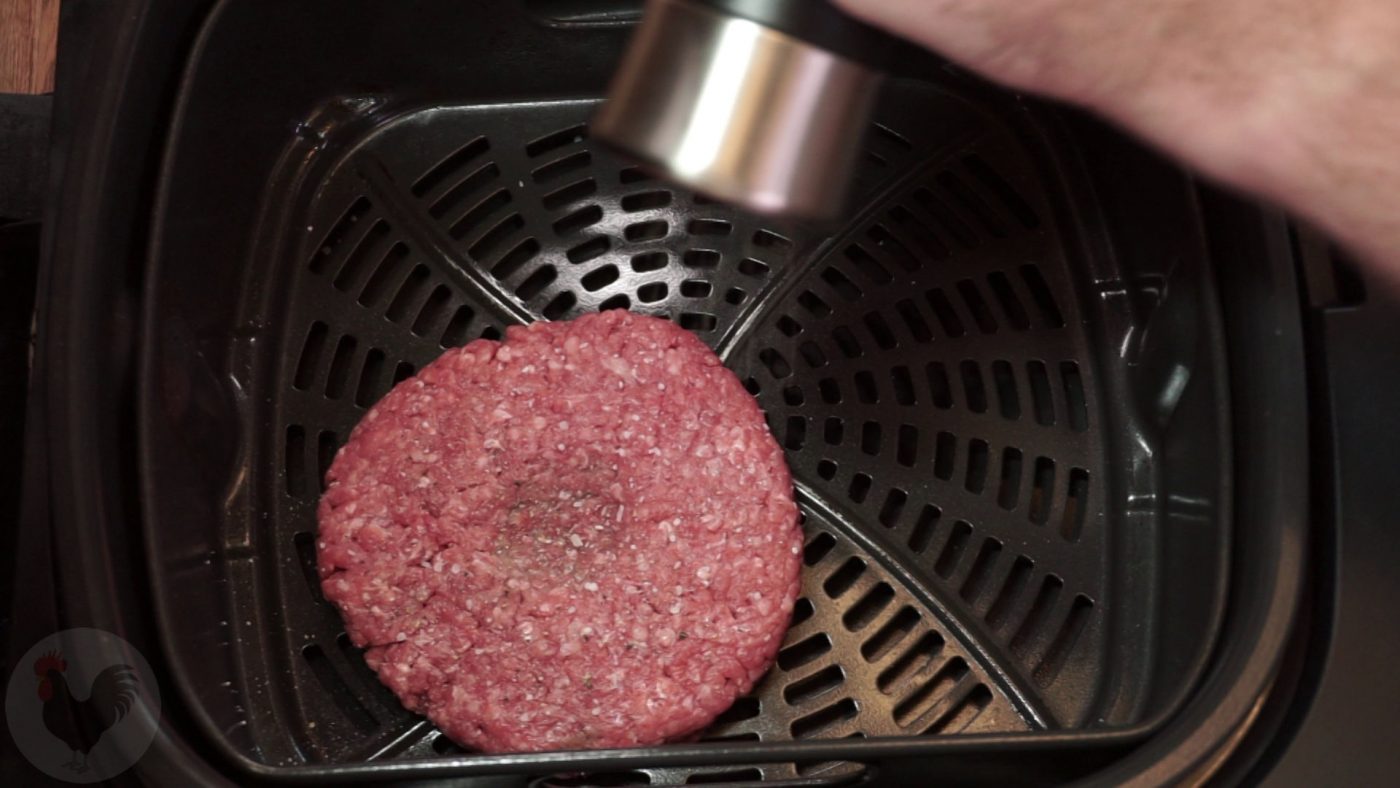How To Compost Food At Home
Composting is not only a great way to reduce waste but also an excellent method to create nutrient-rich soil for your plants. Instead of throwing food scraps into the trash where they end up in landfills, why not turn them into valuable compost right in your own backyard? Composting food at home is easy, eco-friendly, and can be a fun and rewarding experience. Here’s a step-by-step guide to help you get started.
1. Choose a Compost Bin
The first step in composting food at home is selecting the right compost bin. You have several options to choose from, including:
- Traditional compost bin: A sturdy container made of plastic or wood that provides good aeration and insulation.
- Tumbling compost bin: A rotating bin that helps speed up the decomposition process.
- Worm composting bin: Also known as vermicomposting, it involves using worms to break down food scraps.
Consider the space you have available, the amount of food waste you generate, and your personal preference when selecting a compost bin.
2. Collect Food Scraps
Gather all your food scraps from the kitchen and start collecting them in a separate container. This can include fruit and vegetable peels, coffee grounds, tea bags, eggshells, and even some paper products like shredded newspaper or cardboard (make sure they are free from colored inks and chemicals).
Remember: Avoid adding meat, dairy products, oily foods, or cooked food scraps as they may attract pests or cause unpleasant odors in your compost.
3. Create Layers
Creating layers in your compost bin is essential to ensure proper decomposition. Start by adding a layer of garden waste or dry leaves at the bottom of your bin to provide aeration and drainage. Then, alternate between layers of food scraps and dry materials such as shredded newspaper or dry leaves.
Pro tip: For faster decomposition, chop or shred food scraps into smaller pieces before adding them to the compost bin.
4. Maintain Moisture and Airflow
Compost needs the right amount of moisture and airflow to break down effectively. Keep your compost moist, like a damp sponge, by adding water periodically if needed. Additionally, ensure proper airflow by turning or aerating the compost using a garden fork or shovel every few weeks.
Remember: Compost should feel moist but not soggy or too dry. Adjust the moisture levels by adding water or dry materials as necessary.
5. Patience is Key
Composting is a natural process that takes time. Be patient and allow the microorganisms, worms, and other beneficial creatures to do their job. Depending on the conditions, it can take anywhere from a few months to a year for your compost to fully mature.
6. Use Your Finished Compost
Once your compost has turned into dark, crumbly soil, it’s ready to be used in your garden. Spread it around your plants as a nutrient-rich mulch or mix it with potting soil for container gardening.
Pro tip: Keep a small container in your kitchen for collecting food scraps and empty it into your compost bin regularly to avoid any unpleasant odors.
Composting food at home is not only beneficial for the environment but also for your plants and garden. By diverting food waste from landfills and turning it into compost, you are helping to reduce greenhouse gas emissions and enriching your soil. Start composting today and enjoy the rewards of a healthier, more sustainable garden.
